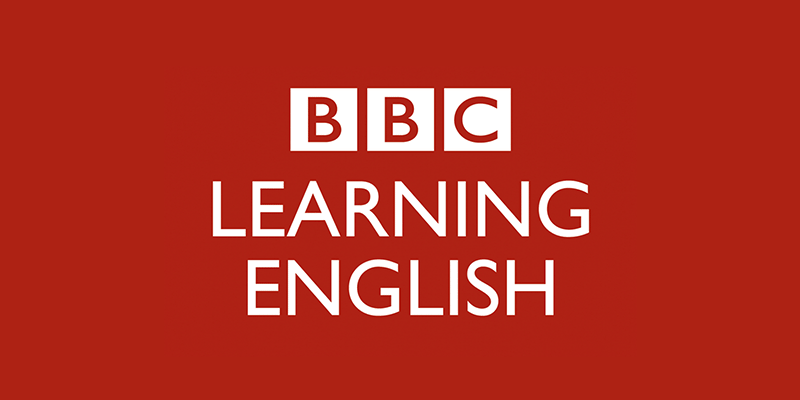BBC 6 minute English-Brazilian food
Transcript of the podcast
NB: This is not a word for word transcript
Rob: Hello I’m Rob. Welcome to 6 Minute English. I’m joined today by my colleague Grace, who’s from Brazil. Hello Grace
Grace: Hi Rob. It’s good to be here. But I hope you don’t mind my Brazilian accent
Rob: Of course not. Most people have an accent – the important thing is to be able to communicate… and your accent is charming, Grace! So, you’re going to talk about Brazilian culture
Grace: Yes, Brazilian food is on the menu today, and we will whet your appetite with language about food
Rob: Great! Well, nothing makes me happier than tasty food! And I’m a bit of a gourmet, you know
Grace: Well, if you are a gourmet – someone who likes high-quality food – you will not be disappointed if you go to Brazil. But first, let me put a question to you
Rob: OK, I like a challenge
Grace: Brazil is the biggest coffee producer in the world. According to the International Coffee Organization, which of these countries is in second place? Is it
a) Colombia
b) Indonesia
c) Vietnam
Rob: Yes, all places that produce coffee but I’m going to go for: a) Colombia
Grace: We’ll find out if you’re right or wrong later. Now let’s talk about food
Rob: Good, yes. I’d like to know: if I go to a Brazilian family’s home, what will I eat? What’s the staple food of Brazil
Grace: The basic food in Brazil – the staple food – is rice and beans. You can have it with fried eggs, a steak or some salad. But there’s a special dish called ‘feijoada’. Thomas Pappon, a Brazilian who blogs about food, explains what it is. And then, tell me: what kind of dish is this
Thomas Pappon, Brazilian food blogger
There’s a sophisticated version of rice and beans which is served during festivities and in every restaurant on Saturdays. It’s called ‘feijoada’. It’s a stew made of black beans and with pieces of pork. The main dish is served with side dishes such as fried greens and toasted manioc flour. There’s no room left for dessert after this
Rob: It’s a stew! I like a good stew – a kind of food in which meat or fish or vegetables are cooked slowly with just a little bit of liquid. But no dessert?! I need my dessert, Grace
Grace: The main dish is quite filling, Rob. You won’t need a pudding, sweet or fruit afterwards. And there are lots of side dishes with it
Rob: These are small dishes which accompany the main one – and they sound very appetising too
Grace: They sound appetising; in other words, it makes you really want to eat them. And at the end of the meal you wash these dishes down with a caipirinha
Rob: A caipirinha
Grace: A very special Brazilian drink. Thomas Pappon can give you the traditional recipe for it. Listen out for what he does with the lime
Thomas Pappon, Brazilian gastronomy blogger
You cut a lime into quarters, put it in a glass with a tablespoon – a generous tablespoon – of sugar. You break up the lime by pounding and pressing the lime with a wooden spoon until the sugar is dissolved into the lime juice. Then you add crushed ice, mix it very well and add – of course – the main ingredient here, ‘cachaça’ which is a spirit made of sugar cane. I tell you, be adventurous. Why not experiment with other fruits like passion fruit, strawberries or kiwis. Some people dilute this cocktail with a bit of water, but most Brazilians like myself, take it without any water at all
Grace: There you go. The traditional caipirinha
Rob: So you break up the lime by pounding it – by hitting or beating it very hard. I think I can do that
Grace: Yes. And, a surprise for you, Rob, I don’t have a caipirinha here but I brought a bit of Brazilian cachaça in this little cup. I brought the bottle from my native Sao Paulo. It’s a spirit – a strong alcoholic drink – so be careful with it
Rob: I’ll have a little sip first time, OK
Grace: Strong, huh
Rob: Yes
Grace: Are you still on your feet
Rob: Just about, just about
Grace: Good, well let me tell you the answer to the question from the beginning of the programme. Brazil is the biggest coffee producer in the world. I asked which of these countries is in second position. Is it… Colombia, Indonesia or Vietnam
Rob: And I said Colombia
Grace: Well, Rob, I’m afraid it’s not right. The correct answer is: c) Vietnam. The other two countries, they are really great producers of coffee as you know but Brazil has been consistently the biggest producer and Vietnam has kept the second place, with roughly half of what Brazil produces. The main types of coffee exported are Arabica and Robusta. Good strong coffee, Rob
Rob: Indeed. Sounds good
Grace: Talking about coffee makes me want a cafezinho, which is a good strong coffee in a small cup as we have in Brazil. And you might need one after the cachaça, Rob
Rob: I might, indeed
Grace: But first let’s recall the words we heard today
Rob: OK, we heard
gourmet staple food stew side dish dessert appetising pounding spirit
Grace: Thanks, Rob. Now, shall we go and have our cafezinho
Rob: Well, actually, I’d like some more cachaça, if that’s possible? Please join us soon again for more 6 Minute English from BBC Learning English
Both: Saúde! (Cheers!) Bye
